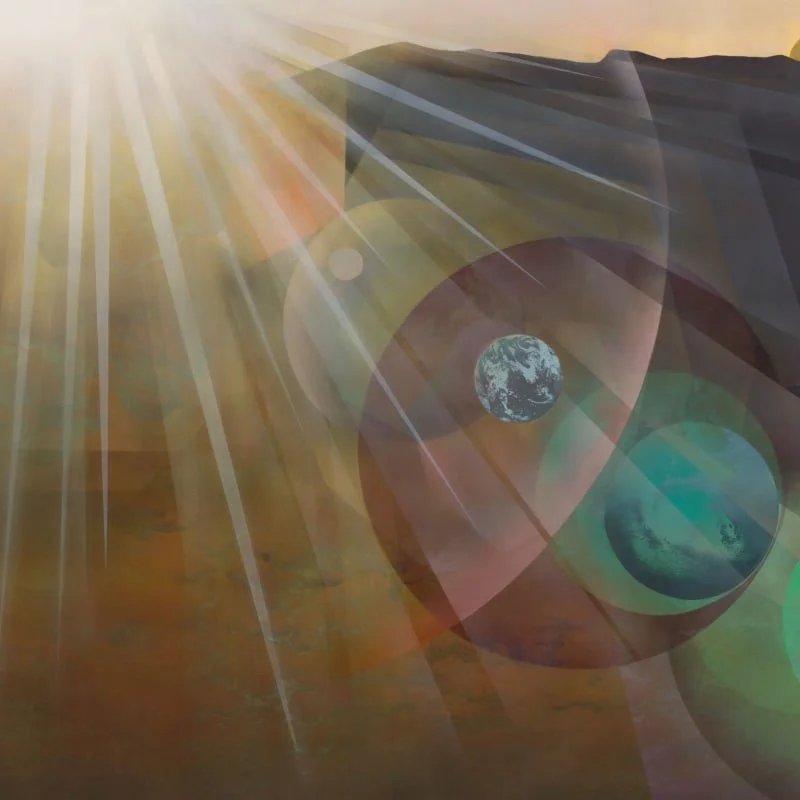Jiro Takamatsu
“The World Expands”
New York, 540 West 25th Street
Over the span of his four-decade career, the artist engaged with a range of mediums, including sculpture, photography, painting, drawing, and performance art through which he explored concepts related to perception, space, and objecthood. Takamatsu nurtured an interest in mathematics and physics, especially quantum mechanics, as evidenced in his early “point” and “string” works, which meditate on the relationships between elementary particles, probing the ways in which they are at once material and immaterial, tangible and imaginary, present and absent.
Jiro Takamatsu, Point No.14, 1961, lacquer on board, 27.3 × 22.1 cm © The Estate of Jiro Takamatsu, courtesy of Yumiko Chiba Associates, Tokyo and Stephen Friedman Gallery, London
A prolific artist who produced thousands of works over the course of his 40-year career, Takamatsu worked across painting, sculpture, drawing, photography, and performance, exploring questions about perception, space, existence, and absence. Early in his practice, during the 1960s, he staged performative interventions in public spaces around Tokyo as part of the artist collective Hi Red Center, liberating art from its traditional context and shaking the foundations of the Japanese art world at the time. Presenting politically minded actions in public spaces throughout postwar Tokyo, Hi Red Center sought to dissolve boundaries between art and life—producing what the group called a “descent into the everyday”—through experimental and unorthodox approaches to making. It was also during this decade, in 1968, that Takamatsu represented Japan at the 34th Venice Biennale, cementing his status as a key figure within the international avant-garde.







